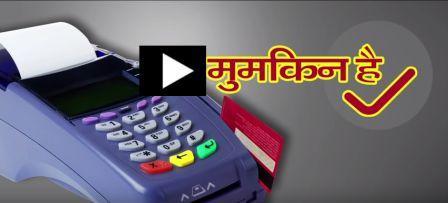Various Means of Digital Payments
Various Means of Digital Payments
Introduction
To achieve expeditious movement into the cashless, digital payments economy across all states and sectors and to promote rapid adoption of digital payment systems, various digital payment systems appropriate to different sectors of the economy and is coordinating efforts to make them accessible and user- friendly. The following digital payment systems are currently being promoted across the country. A step-by-step instructions for usage of the payment options are described below.
Bank Cards
Getting a Bank Card
How to issue a card from your account- Approach nearest bank branch
- Multiple cards from one account
- PIN issued by bank separately
Activate your Card
- At your Bank’s ATM by even balance checking
- At your bank branch by any transaction
Types of Cards & Usage
Prepaid Cards
- Pre-loaded from your bank account
- Safe to use, limited amount of transaction
- Can be recharged like mobile recharge
Debit Cards
- Linked to your bank account
- Used to pay at shops, ATMs, wallets, micro ATMs, online shopping
Point of Sale (POS) and Card steps
Banks issue various cards for their account holders
- Prepaid Cards
- Debit cards
- Credit Cards
Use your card to shop anywhere
- At any PoS
- At ATM
- Online shopping
Prepaid card can be issued by any bank from account or cash
Following are the benefits
- Pre-loaded card
- Equivalent to cash
- Can be recharged several times
- Can be used at any PoS, ATM
Unstructured Supplementary Service Data (USSD) based Mobile Banking
*99# - National Unified USSD Platform (NUUP)
Required for Activation
- Account in a bank
- Any mobile phone on GSM network
Can be used for payments upto Rs 5000 per day per customer
Registration
- Visit your branch to link mobile number and bank account- Can be done at ATM or online
- You will get your Mobile Money Identifier (MMID) and Mobile PIN (MPIN) upon registration
- Remember your MMID and MPIN
Note: New changes being brought to simplify user experience; no need for separate MMID
Transfer Funds to another Bank Account
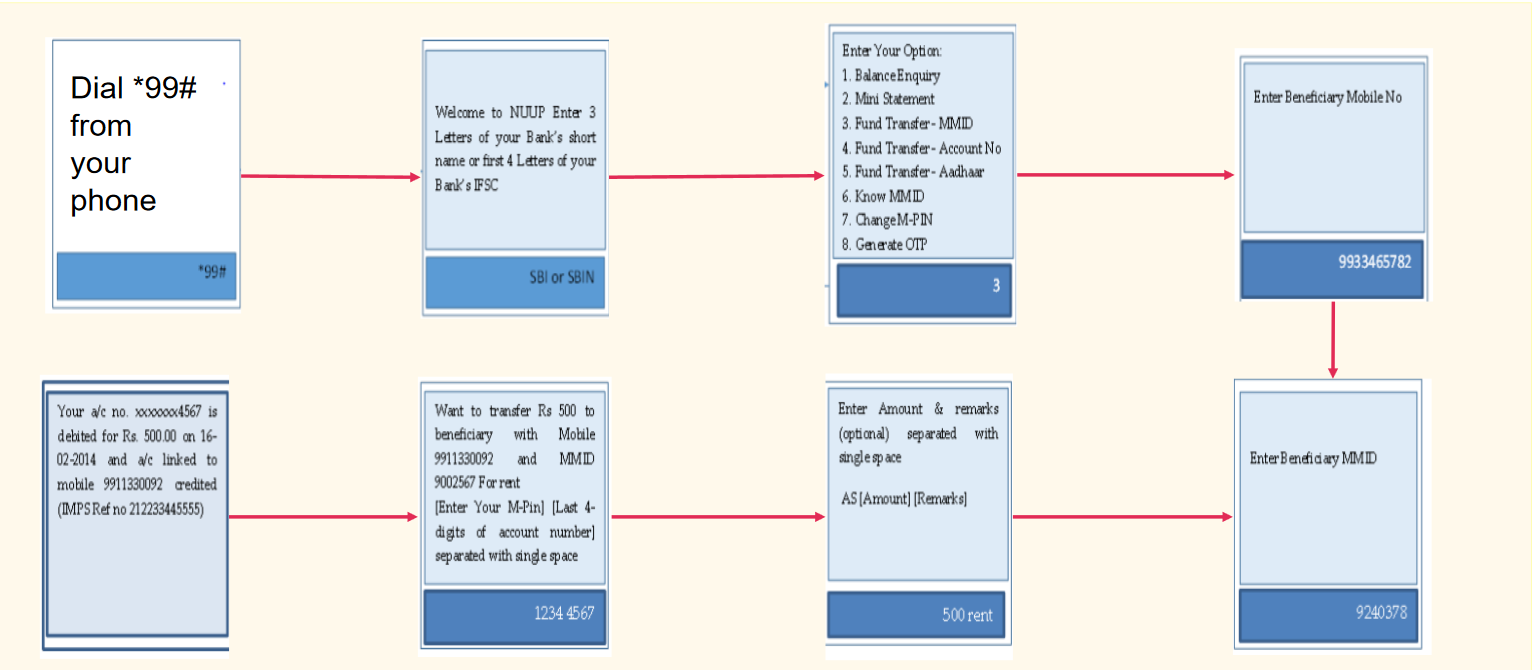
Aadhar enabled payment system (AEPS)
- AEPS allows bank-to-bank transaction at PoS (MicroATM) with the help of Business Correspondents (BC)
- Only Aadhar needed
Aadhar enabled Services
- Balance Enquiry
- Cash Withdrawal
- Cash Deposit
- Aadhaar to Aadhaar Funds Transfer
- Purchase at Fair Price Shops with AEPS
Aadhaar Enabled Payment System Steps
- Seed your account with your Aadhar number at bank or with the help of banking Correspondent
- Now you can do many transactions at any AEPS point without any pin or password(AEPS points –Micro ATMs)
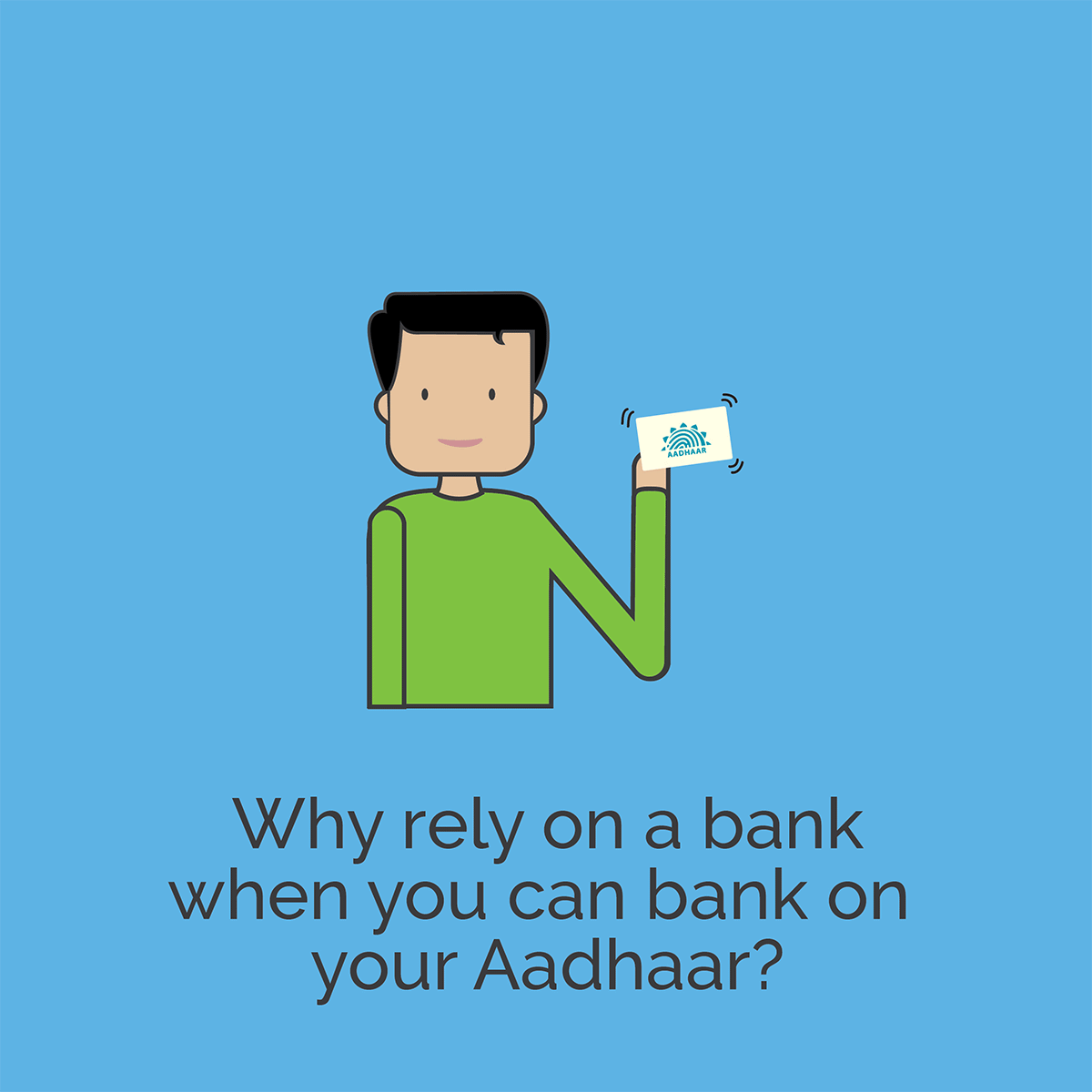
Key steps for AEPS Transaction
- Go to a microATM or banking correspondent
- Provide your bank name and Aadhaar
- Choose which transaction to do
- Provide finger print on scanner
- On successful transaction, take the print slip
- Process completed
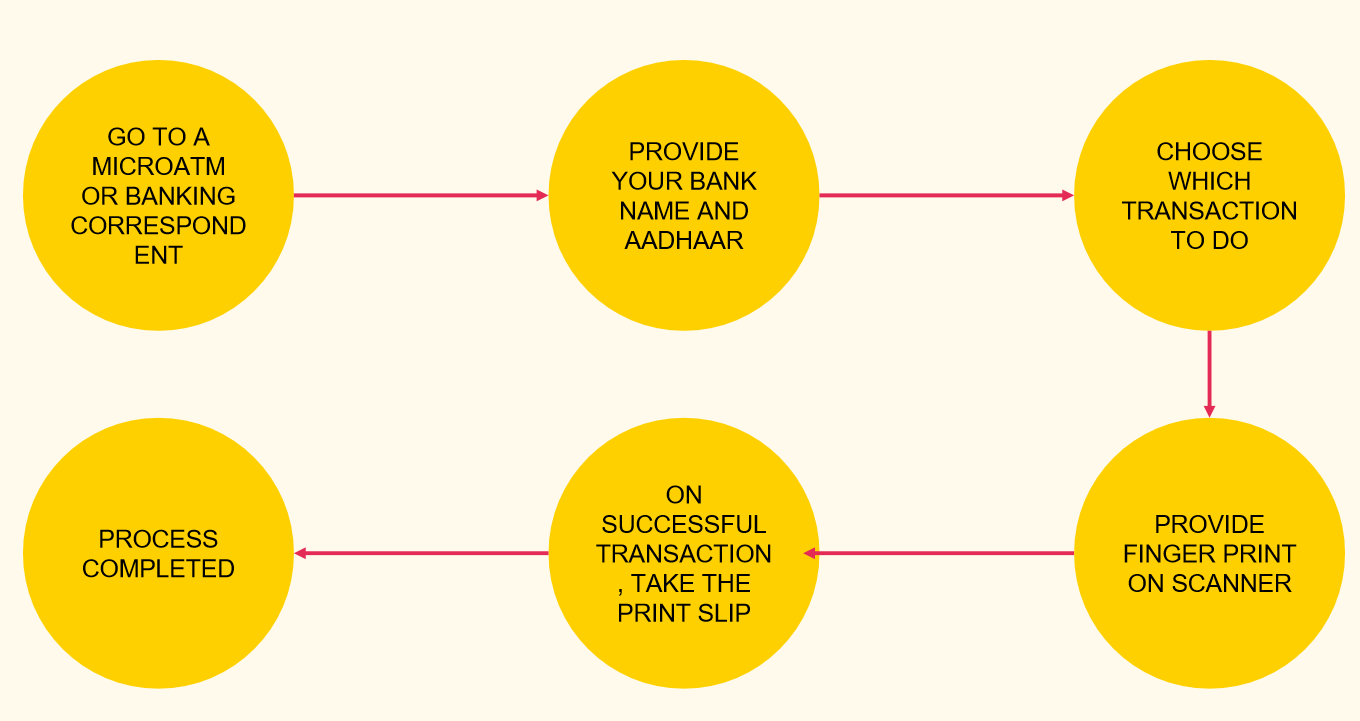
MicroATM Transaction
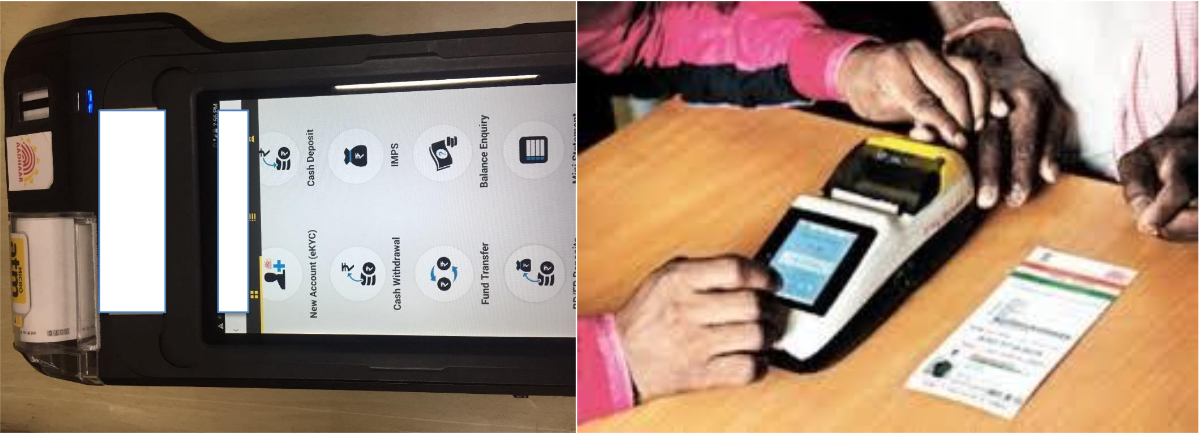
Unified Payment Interface
Requirements for registration on UPI
Requirements
- Smartphone with internet facility
- Bank Account details (only for registration)
Available bank apps
| Sl.No. | Bank Name | App Name |
| 1 | Allahabad Bank | Allahabad Bank UPI |
| 2 | Andhra Bank | Andhra Bank ONE |
| 3 | Axis Bank | Axis Pay |
| 4 | Bank of Baroda | Baroda MPay |
| 5 | Bank of Maharashtra | MAHAUPI |
| 6 | Canara Bank | Canara Bank UPI - Empower |
| 7 | Catholic Syrian Bank | CSB UPI |
| 8 | DCB Bank | DCB Bank |
| 9 | Federal Bank | Lotza |
| 10 | HDFC Bank | HDFC Bank MobileBanking |
| 11 | ICICI Bank | Pockets- ICICI Bank |
| 12 | Karnataka Bank | KBL Smartz |
| 13 | Kotak Mahindra Bank | KayPay |
| 14 | Oriental Bank of Commerce | OBCUPI PSP |
| 15 | Punjab National Bank | PNB UPI |
| 16 | South Indian Bank | SIB M-Pay (UPI Pay) |
| 17 | State Bank of India | SBI Pay |
| 18 | TJSB Bank | TranZapp |
| 19 | UCO Bank | UCO UPI |
| 20 | Union Bank of India | Union Bank UPI |
| 21 | United Bank of India | United UPI |
| 22 | Vijaya Bank | Vijaya UPI App |
| 23 | Yes Bank | Yes Pay |
UPI Registration Process
- Download any bank’s app or 3rd party app
- Choose your unique id (Aadhar, mobile no.) as Virtual Payment Address (VPA)
- Select your bank
- Give account details for first time
- Set M-PIN for validating transactions
- Registration Completed
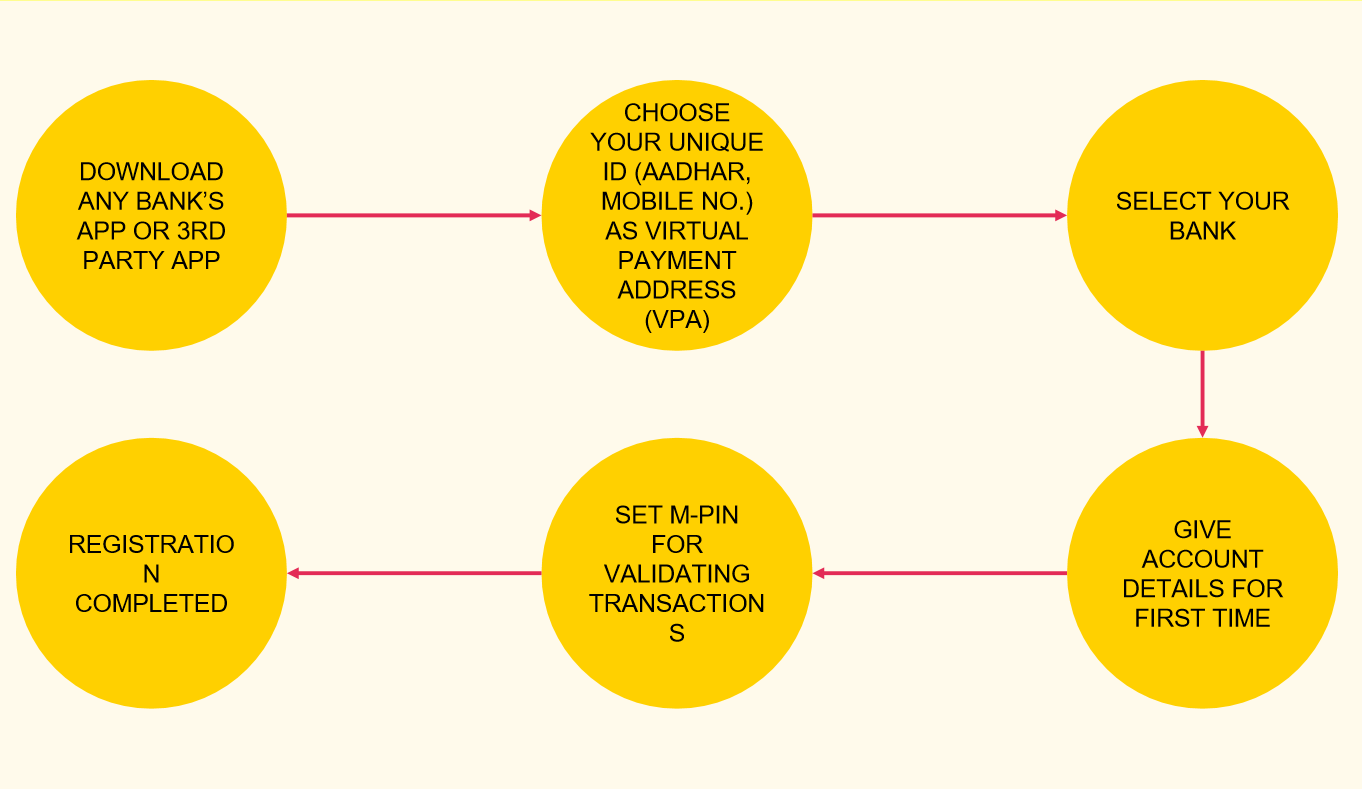
Registering on UPI
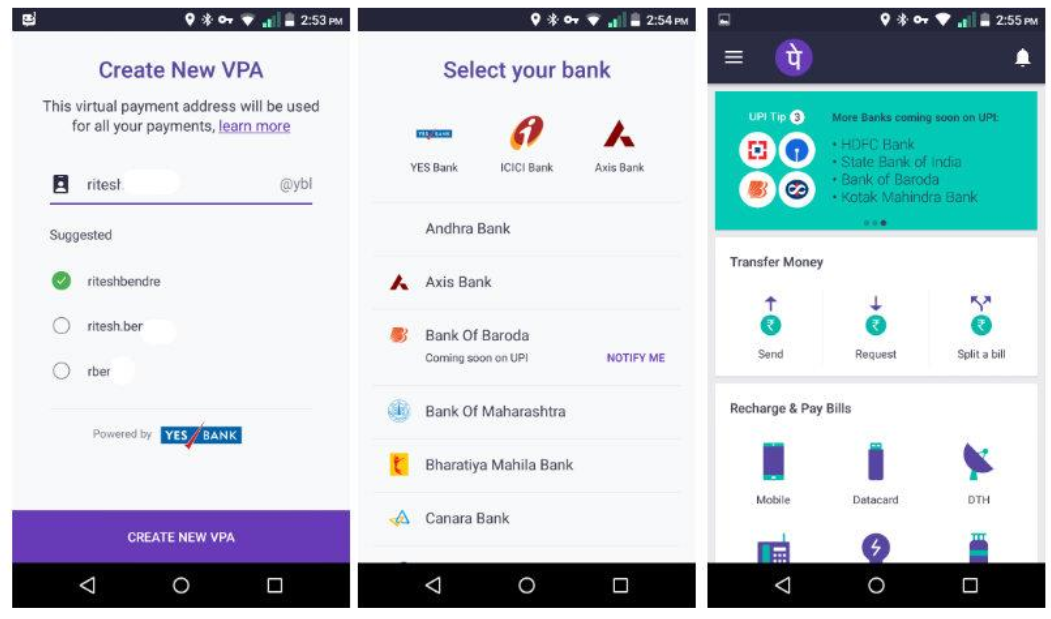
Sending Money on UPI
- Choose “Send money”
- Enter payee’s Virtual Payment Address
- Enter amount
- Write remarks for transaction
- Confirm the details
- Hit “send”
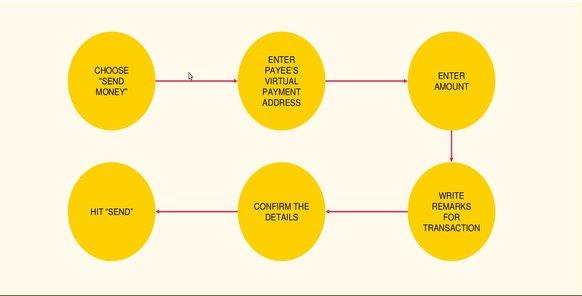
Sending Money
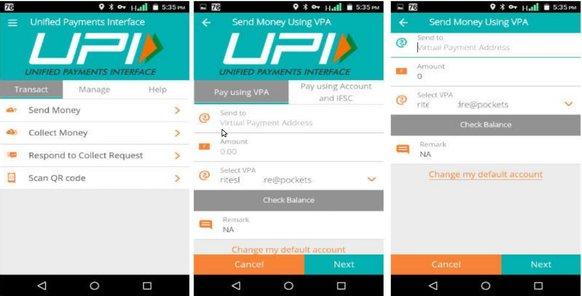
Collecting Money (raise a demand) on UPI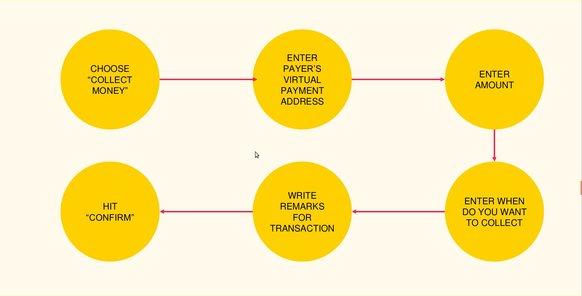
Collecting Money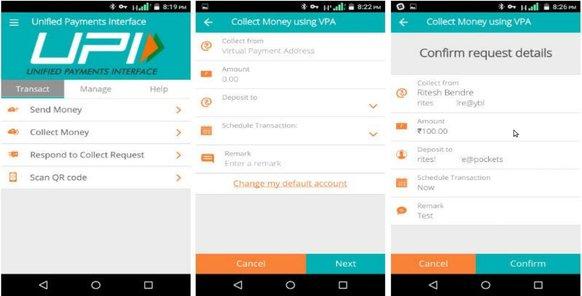
Wallets
What are e-wallets?
- Electronic pre-paid payment system, mobile-first
- Used in purchasing items on-line with a computer or a smartphone at a store.
- An individual's account is required to be linked to the digital wallet to load money in it.
- Most banks have their e-wallets and some private companies.
Using Wallets
Consumer Wallet Limits: Rs.20,000/month for all. Rs.1 lakh/month with KYC
- Consumer downloads the app on Smartphone
- Sign up using mobile
- Load money using debit card/credit card of net banking
- Start using wallet to make payments
Merchant Wallet Limits: Rs.50,000/month with Self Declaration. Rs.1 lakh/month with KYC
- Shopkeeper/service provider downloads the app
- Sign up using mobile
- Self declare itself as a merchant
- Start accepting payment
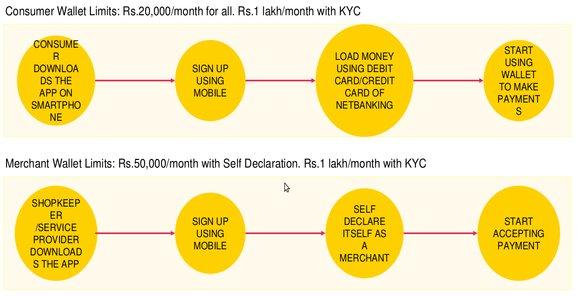
Point of Sale (PoS)
Types of PoS
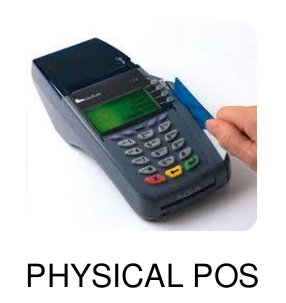
Physical Card Swiping – PTSN with landline / GPRS enabled
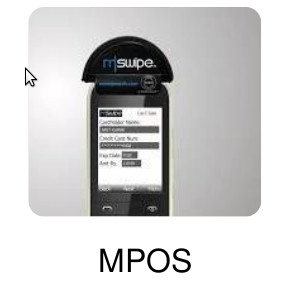
Phone connected with external POS device through jack / Bluetooth
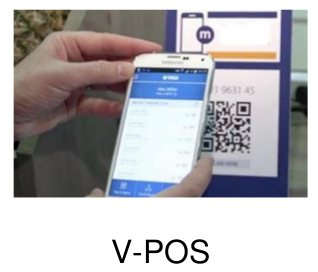
Virtual E-payment Gateway
Physical PoS
Swipe a debit/credit card on the PoS machine
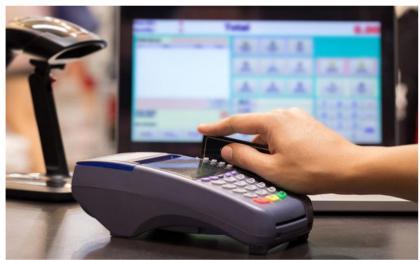
Enter amount to be paid and pin
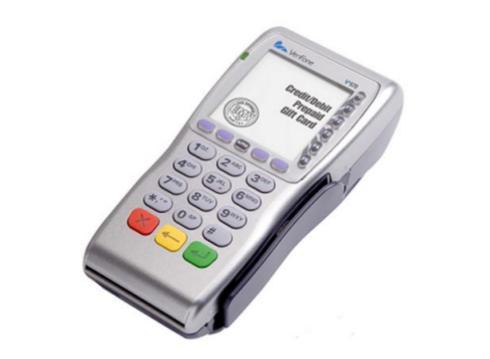
Generate Receipt
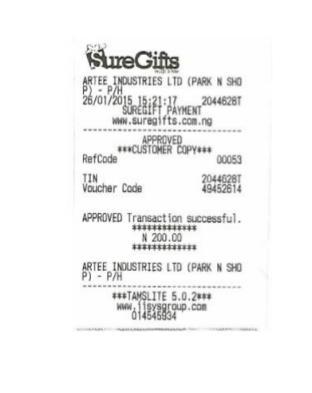
Installation of Physical PoS Terminal
- Open / identify current account for transactions
- Fill in the application form (online / at the branch)
- Identify type of PoS required (landline / GPRS)
- Submit following documents:
- Proof of business (any one)
- Shop & establishment registration certificate
- VAT certificate
- Sales tax
- Proof of address
- Photo identity proof of proprietor / partner
- Financial details
- Bank statement
- Income tax return
- Acceptance of MDR by merchant
- Execution of Merchant Establishment Agreement
Mobile PoS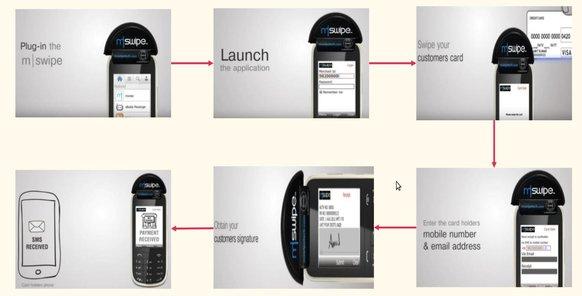
Note: mSwipe is used as an example of MPoS here
V-PoS
- No PoS machine required
- QR code used for payment to bank account of merchant
- Complete privacy of merchant bank account
Must Do Practices
- Register your mobile number at bank for regular information by SMS for every transaction
- Never share your PIN to anyone
- Transact at only trusted merchants
- While at ATM, ensure no one is looking over your shoulders
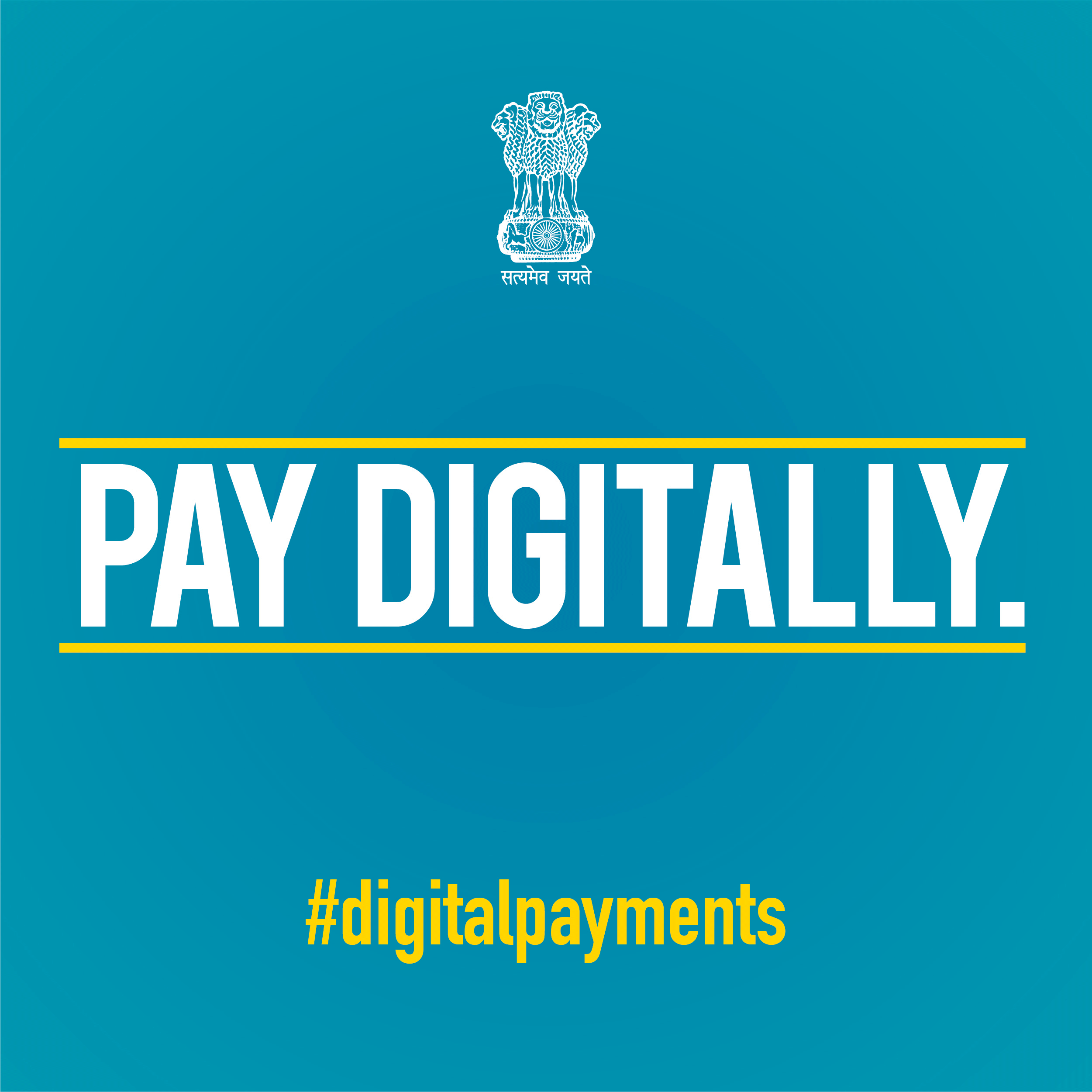
Source : NITI Aayog
Mobile app on Digital payments
Related resources
Last Modified : 7/3/2023
The Article provides information about Antioxidant...
This topic provides information about Sim Card Swa...
This topic provides information about 20th Livesto...
This topic deals with information related to Anxie...
